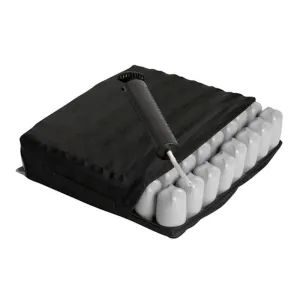Biyseal Polyurethane Impregnated Foam is a versatile, compressible foam designed for effective sealing in construction and industrial applications. Available in bitumen or acrylic impregnated versions, it provides excellent weather resistance and long-term durability. This foam adapts to dynamic joint movements, making it ideal for expansion joints, metal cladding, and timber homes. Its high recovery rate and varying compression resistance ensure reliable performance in diverse conditions, from dust prevention to standing water resistance.
Key Features of Biyseal Polyurethane Impregnated Foam
- High Compressibility and Recovery: Maintains 98% recovery in the first cycle, ensuring long-lasting seal performance in dynamic joints.
- Weather Resistance: Available in bitumen or acrylic impregnated options for enhanced protection against various weather conditions.
- Versatile Application: Suitable for dust and vermin proofing, expansion joints, and sealing roof and wall decking profiles.
- Long Working Life: Accelerated aging tests indicate a working life of up to 20 years, depending on the application.
- Customizable Sizes and Profiles: Available in various sizes and profiles, including options for Corrugated and Trimdek roofing.
Technical Overview
Biyseal is engineered for reliable sealing through its exceptional compressibility and recovery. Its ability to withstand varying degrees of compression allows it to adapt to different environmental challenges, from dust and draughts to standing water. The choice of bitumen or acrylic impregnation enhances its suitability for diverse applications. Its high tensile strength and tear resistance ensure durability, while its low shrinkage maintains consistent performance over time.
Chemical Properties: Polyurethane foam impregnated with bitumen or acrylic, providing flexibility and weather resistance.
Application Temperature Range: While specific temperature ranges are not listed, polyurethane foams generally perform well in standard construction temperatures. Ensure the surfaces are clean and dry for optimal application.
Application Information
- Required Tools: Measuring tape, utility knife or scissors for cutting to size.
- Trade-Specific Tips: Ensure the foam width matches the application requirements (5x joint opening for weather resistance, 3-4x for expansion joints, 2x for joint proofing).
- Common Issues and Solutions: Ensure proper compression for desired sealing level; incorrect compression can lead to insufficient sealing.
Storage and Shelf Life
- Storage Requirements: Store in a cool, dry place away from direct sunlight and extreme temperatures.
- Shelf Life Information: While specific shelf life is not provided, polyurethane foams generally maintain their properties for extended periods when stored correctly.
- Temperature Considerations: Avoid storing in excessively hot or cold environments to prevent degradation.
Certifications
- AS2282-79: Complies with Australian standards for flexible cellular materials.

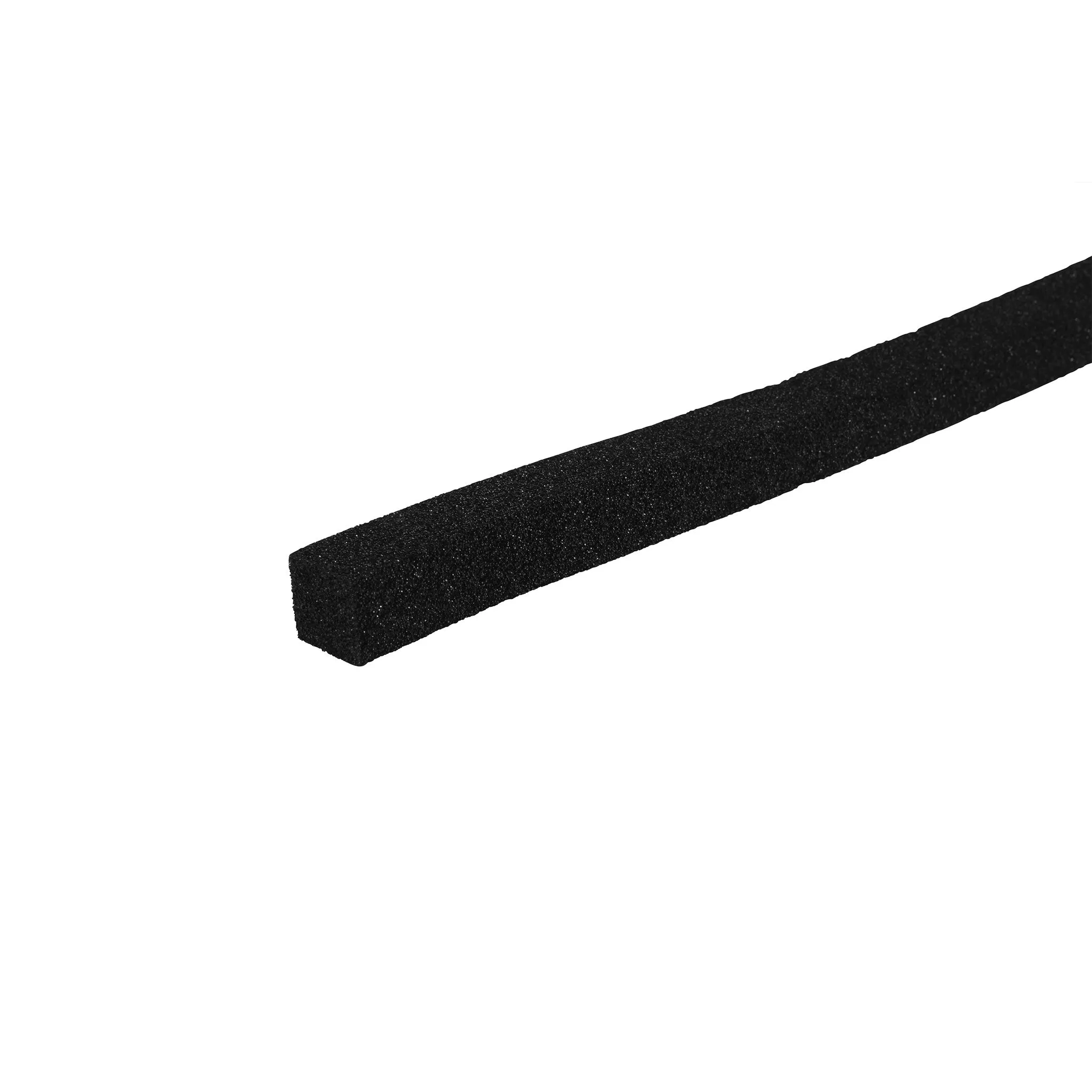
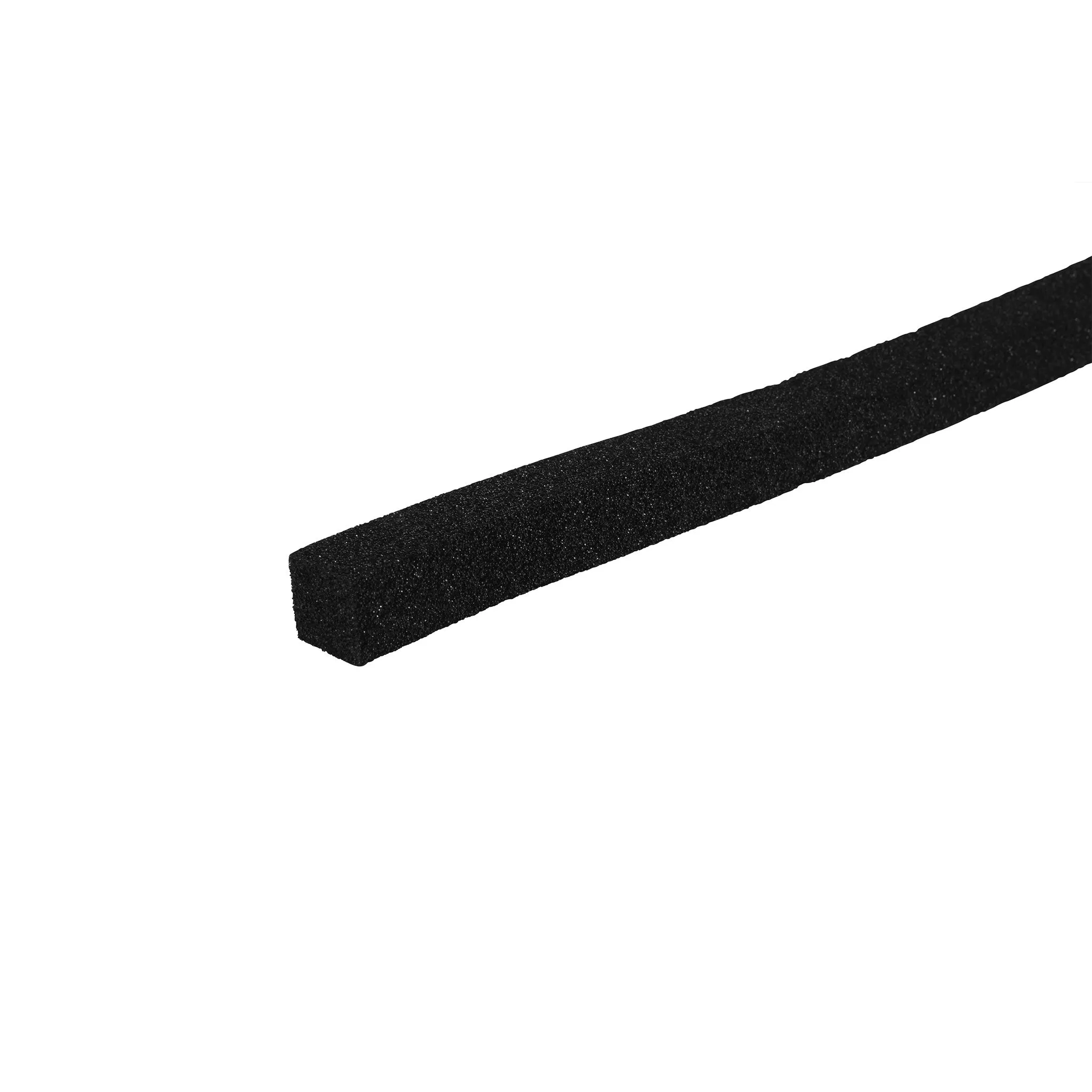





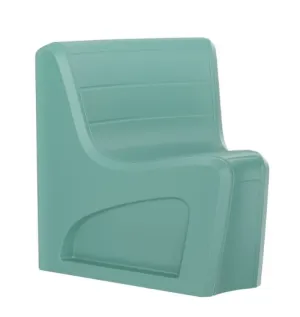
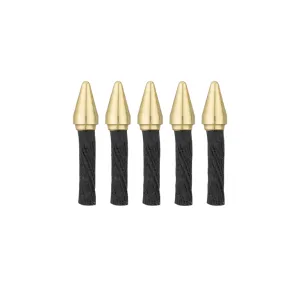
![Navico Fuel Data Manager [000-11522-001] Navico Fuel Data Manager [000-11522-001]](https://www.footpathfashion.shop/image/navico-fuel-data-manager-000-11522-001_YjkXA7_300x.webp)
